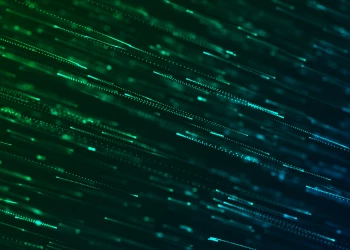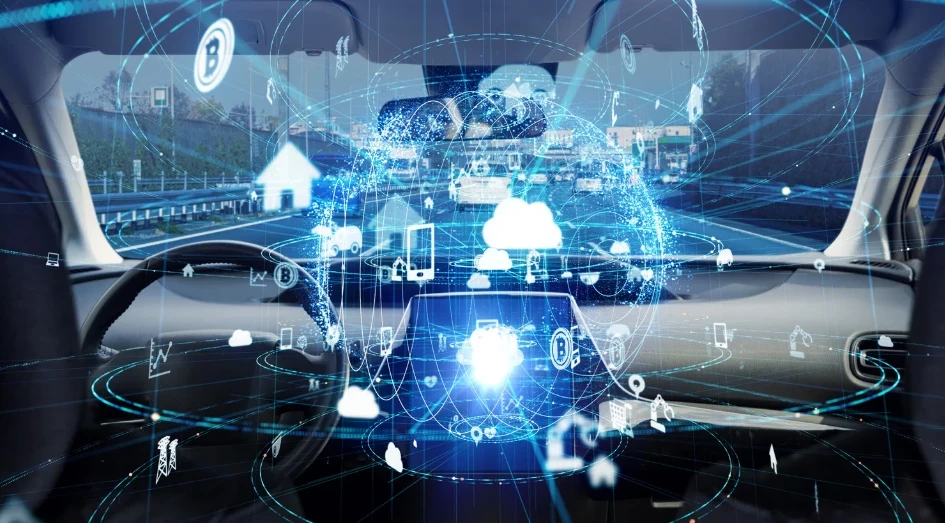Diagnostics: Strategies for an Evolving Space
Add bookmarkAutomotive IQ interviewed Dr. Imad Makki, Ph.D. Research & Advanced Engineering-Modern Control Methods & Computational Intelligence at Ford Motor Company, and discussed the biggest challenges the diagnostics space is currently facing and the long-term impacts of prognostics and neural networks on the automotive industry.
What are some of the biggest challenges the diagnostics space is currently facing? What is being done to address these challenges?
One of the main challenge is the mind-set transition/adaptation required as we choose between traditional diagnostics approaches and newer technologies (advanced machine learning based approaches). Traditionally, all black box approaches were frowned upon. However, with relevant training and algorithm validation with real-world applications, we see higher degree of adaptation for emerging technologies.
Another challenge commonly faced in diagnostics community is the lack of representative data (real-world behaviour). The traditional design of experiments covering all possible operating regime are time consuming and hence prohibitive. Advancement in connectivity and availability of modem opens up new opportunity toward data collection. Another implication of having an on-board modem is it provides an opportunity to use off-board cloud based methods, expanding on the computational limitation typically faced on-board, for better performance.
Lastly, with the increased emphasis on autonomous driving, the scope of diagnostics will expend to include safety, driver assist technologies and automation beyond the traditional on-board diagnostics (OBD) as required by regulations. The fidelity of input signals will become critical and AI &machine learning will play a pivotal role.
Based on your extensive knowledge in the field, how do these challenges compare to those you have seen in the past (based on question 1)?
Past challenges were typically centred around computational limitation. Connectivity brings a new dimension in terms of opportunity for cloud computation and remote diagnostics. In addition, diagnostics, traditionally, were primarily limited to regulations (OBD). Nowadays, diagnostics are being viewed as features (vehicle health management) to enhance customer experience, increase revenue for OEMs and reduce downtime for fleet owners.
In your opinion, what are some of the long-term impacts of prognostics and neural networks on the automotive industry and most importantly, the after-sales market and customer expectations?
Prognostics is the art of estimating the remaining useful life of a system or a sub-system. A robust diagnostics is a prerequisite for good and reliable prognostics. Moving forward, prognostics could become the differentiating selling point buyers will seek in new vehicles. It will serve as potential opportunity for OEMs to increase after sale revenue by detecting any potential issue(s) with vehicles and recommending appropriate actions (informing dealer, facilitating scheduling vehicles for service, etc.) thereby reducing vehicle downtime for personnel vehicle and fleet vehicles.
Mobility-as-a-service has become increasingly popular in Europe and in some parts of Asia. How might this potential shift in consumer ownership preferences affect diagnostic system strategies?
With mobility, we expect greater demand for connected technologies and cross channel integration from safety to services. Diagnostics and prognostics would enhance customer experiences by becoming enabler for scheduling services and reducing downtime for fleet owners and personnel vehicles. Customer will be able to interact with their vehicle through multiple platform (in app, website, messaging etc.).
Feel free to add any other information you would like to see addressed at this event.
Diagnostics is only one element, where appropriate it needs to be complemented/augmented with reliable prognostic. In addition, there is a need for a holistic approach by combining diagnostics & prognostics with control through adaptation to reduce calibration efforts, improve monitor robustness and performance and most importantly extend components life. Also, recognize there is not a one solution that fits all (Model-base, Black Box, Grey Box or Hybrid).
































